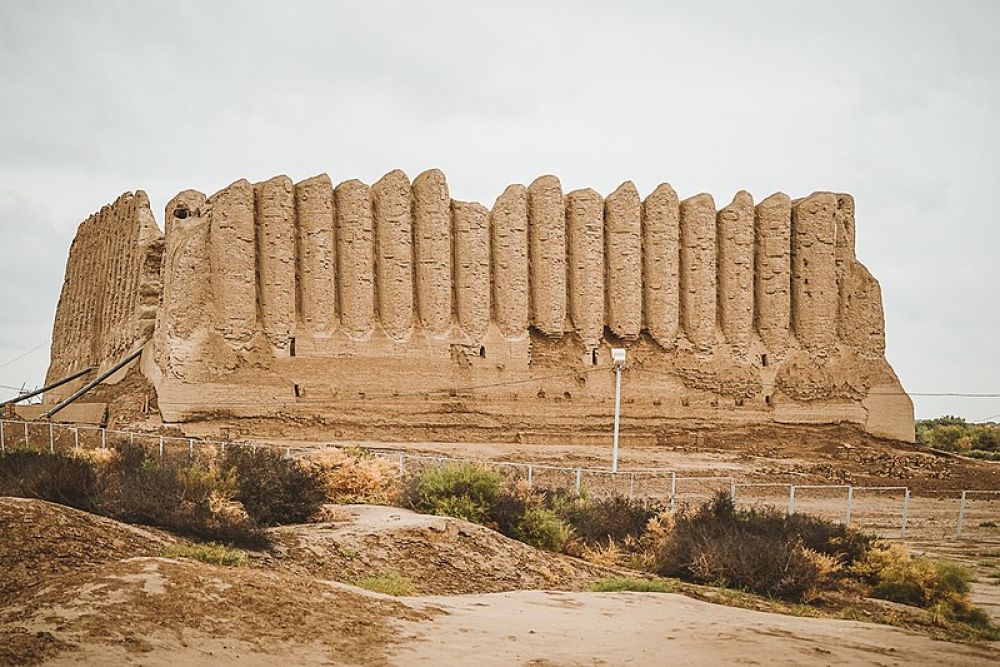

Although specific details on the food history of the ancient ruins of Gyz Kala and Oglan Kala in Merv are sparse, we do know that Merv was once a major oasis-city on the historic Silk Road. This position enabled it to be a melting pot of different cultures and cuisines, merging influences from passing traders, invaders, and settlers. The culinary traditions of Merv, therefore, likely reflect a blend of Turkmen, Persian, and Central Asian flavors. Over the centuries, the region has developed its unique gastronomic identity, which combines the nomadic heritage of Turkmen cuisine with ingredients that would have been traded along the Silk Road, such as spices, nuts, and fruits.
Given that Gyz Kala and Oglan Kala are archaeological sites, one would generally need to venture into nearby towns and cities for restaurant options. While specific restaurant names and addresses in these locations might not be readily available, guests can look to dine in nearby Mary, which offers a more extensive selection of eateries. When visiting Mary or other nearby urban centers, you could expect to find restaurants serving traditional Turkmen cuisine, with options that would suit both vegetarian and non-vegetarian preferences.
Travelers interested in authentic local gourmet experiences are encouraged to seek out local bazaars and markets in the city of Mary, where street food vendors would offer a glimpse into the area's traditional food culture. Dishes such as pilav, gutap, and various salads and bread can be enjoyed, revealing the deep-rooted and rich culinary traditions of Turkmenistan that have been influenced by the ancient trade on the Silk Road, as well as the country's nomadic and settled agricultural past.
Please Note: Visitors are advised to communicate their dietary preferences clearly when ordering, especially regarding vegetarian options, as traditional Turkmen cuisine is typically meat-centric.